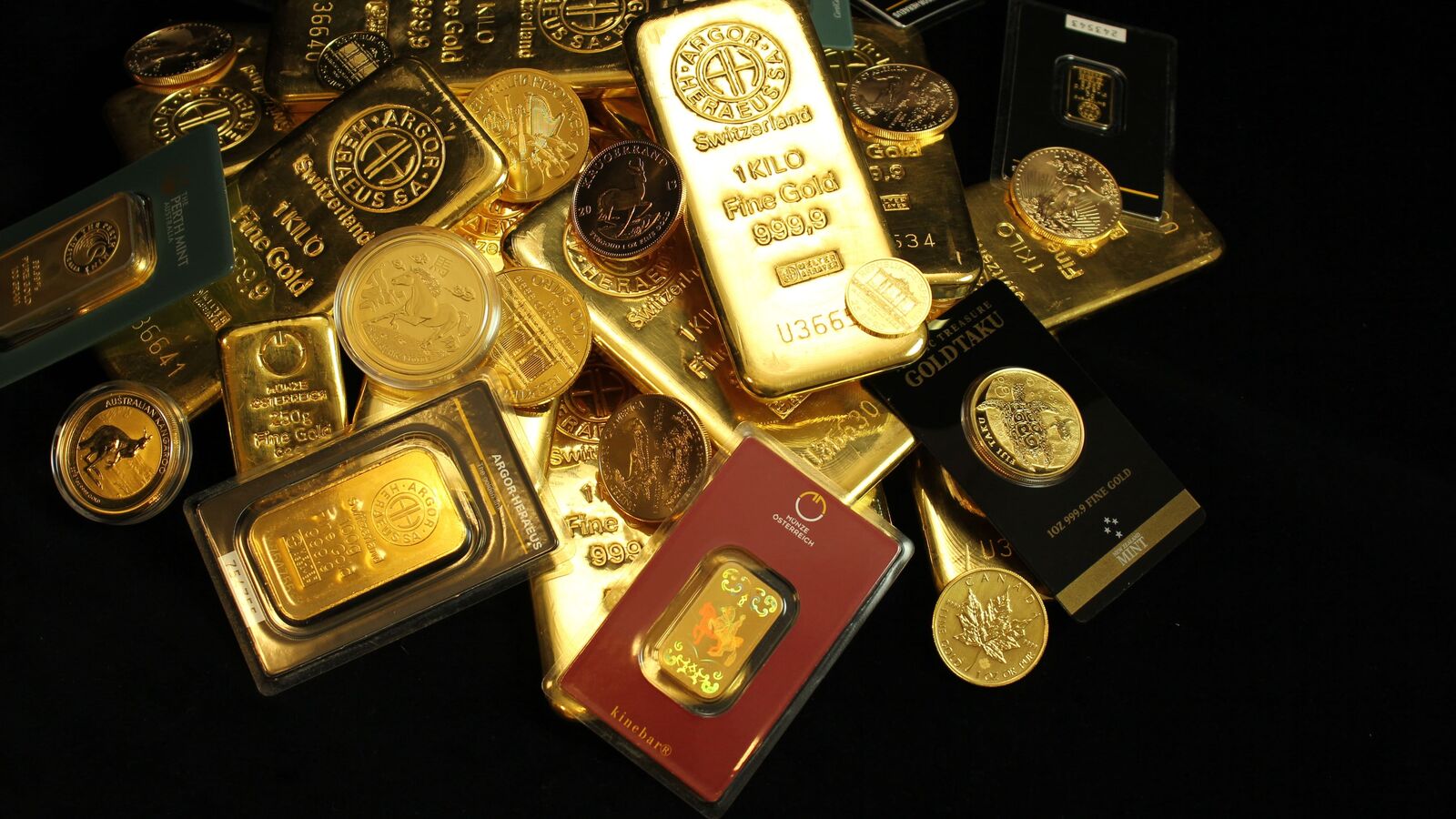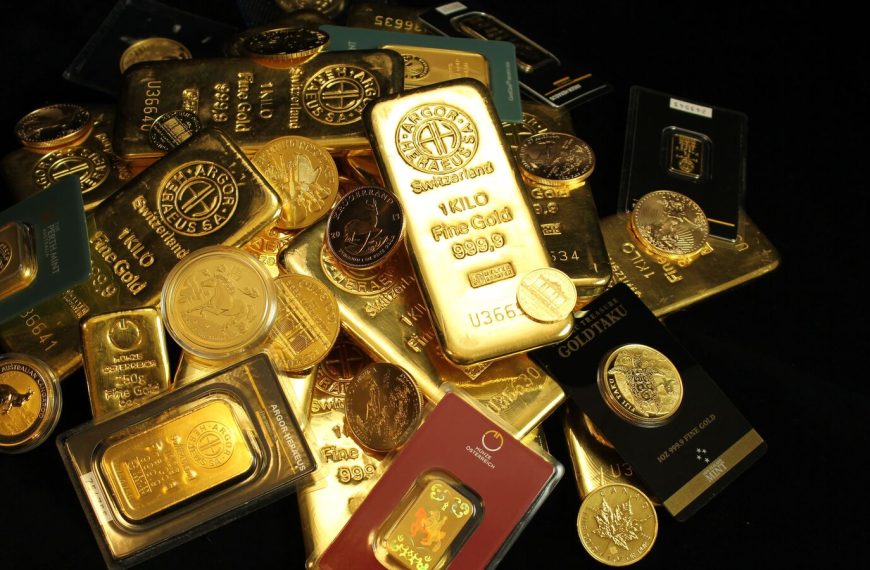Gold Prices Reach New Heights Amid Global Tensions
On April 17, gold prices soared to unprecedented levels both in India and internationally, driven by escalating geopolitical tensions, concerns over stagflation, and a depreciating US dollar. As uncertainty looms due to intensified trade disputes between the United States and China, investors are flocking to gold as a safe haven. This surge is further fueled by central banks worldwide diversifying their reserves away from the dollar, reinforcing gold’s bullish trajectory.
Record Gold Prices in India
In the Indian market, 24 karat gold hit a remarkable ₹97,310 per 10 grams, while 22 karat gold was valued at ₹89,200 and 18 karat gold at ₹72,990. Globally, gold prices surged past the $3,300 mark, breaking records due to consistent demand for secure assets amidst a softening dollar.
Key Factors Driving the Gold Rally
Several interconnected factors have contributed to this monumental rise in gold prices:
-
Declining US Dollar and Trade War Anxiety: The US dollar index has experienced a significant drop, marking its fourth consecutive week of decline. This depreciation has made gold more accessible to investors using other currencies. The uncertainty surrounding new tariffs imposed by former President Donald Trump, which have raised duties on Chinese imports to as high as 245%, has further fueled market volatility.
-
Increased Central Bank Purchases: Central banks, particularly in Asia, are ramping up their gold reserves to mitigate dollar fluctuations. According to the World Gold Council, these banks accumulated 1,037 tonnes of gold in 2024, marking one of the highest increases ever. This strategic pivot is largely motivated by inflation concerns and geopolitical instability.
-
Rising Recession Fears in the US: Recent assessments from Goldman Sachs have raised the probability of a recession in the US to 45%. A notable selloff in US Treasuries reflects diminishing confidence in traditional safe-haven assets. As interest rates soften, gold has regained its status as a preferred investment for wealth preservation.
- Geopolitical Instability and Stagflation Worries: Jerome Powell, Chair of the Federal Reserve, warned that the US economy may be facing a “stagflationary” scenario, where inflation remains high while growth stalls. Global conflicts, from the Middle East to Eastern Europe, contribute to a risk-averse environment, prompting more investors to turn to gold.
Technical Analysis of Gold Prices
Despite the positive fundamentals, some analysts advise caution. Augmont Goldtech notes that gold has achieved its bullish targets, suggesting that new purchases may not be wise at this stage. A decline below $3,330 (approximately ₹95,500) could lead to a pullback towards $3,280 (around ₹93,000).
Way2Wealth Brokers observed a bullish candlestick pattern in MCX Gold, indicating potential continuation of the upward trend. However, they caution that the current risk-reward situation may not favor new bullish entries, with support levels set at ₹94,850 and ₹93,750, while resistance lies between ₹97,000 and ₹97,500.
Jateen Trivedi from LKP Securities echoed this sentiment, highlighting that gold’s ascent is closely tied to tariff uncertainties. Without diplomatic resolutions, gold prices are likely to remain elevated in the short term, with trading expected to fluctuate between ₹94,000 and ₹95,500 on the MCX.
Conclusion: Gold’s Resilience Amidst Economic Uncertainty
Gold’s remarkable rise reflects growing apprehensions about the global economic situation, characterized by recession fears, inflation, and ongoing trade disputes. Although current technical indicators suggest that the rally may be nearing its limits, the lack of clear solutions to pressing macroeconomic issues ensures that gold will continue to be a favored asset.











